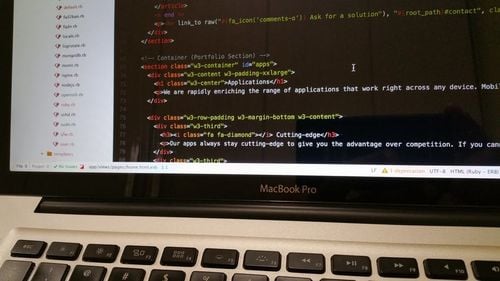Once an investor has done his or her homework and has developed a comprehensive trading strategy, the difficult part is finished. This now opens up the door for the investor to automate the strategy through technology, which has several innate advantages attached to it.
The first obvious advantage is ease, as automating trading eliminates the need to constantly check and monitor the markets, and instead have trades execute automatically once the market conditions meet any specified requirements. Other than ease, an important benefit is discipline, as automating trading minimizes the influence of emotions and ensures that an investor is in accordance with the rules of the trading strategy he or she has established.
Automated trading is also advantageous given that there is no room for backtesting. Backtesting refers to the concept of testing trading strategies against historical market data, allowing an investor to not only gauge the efficiency of their strategy but also allowing them to fine tune it until it yields the optimal results. Additionally, automation leads to quicker order entry speeds amidst changing market conditions, as even a few seconds can lead to polar differences. Finally, automation allows for consistency in one’s approach to investing and eliminates any error related to order-entry.
There are, however, certain disadvantages to automation. The most obvious is a mechanical failure, given that an investor is entirely reliant on a machine to conduct trades. If a computer fails or a program glitches, the consequences can be costly.
All in all, it is important to find an adequate balance between both approaches and find a middle ground that produces the best results.




